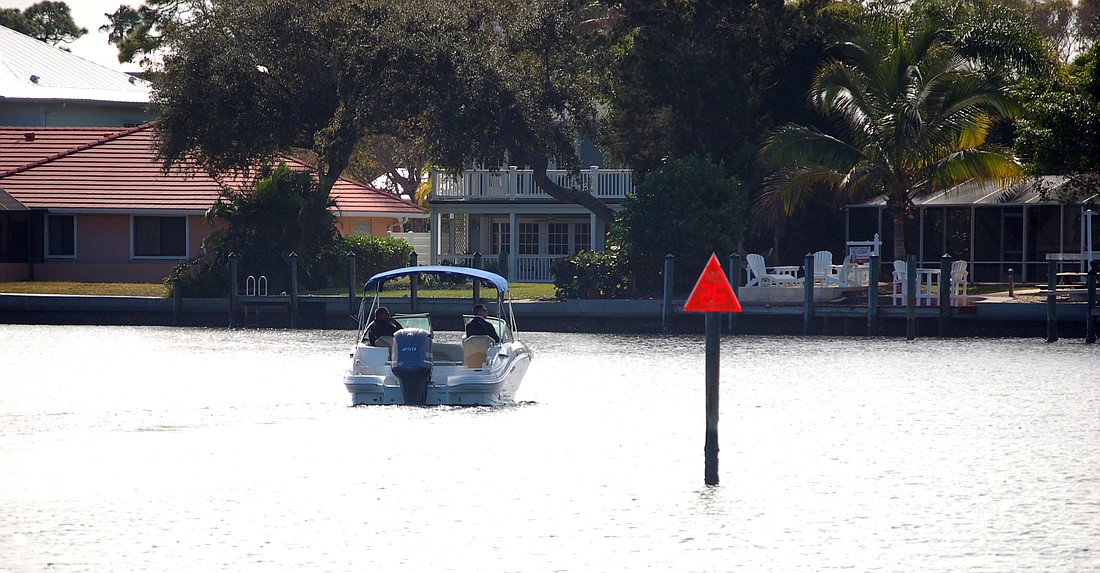- April 23, 2024
-
-
Loading

Loading

Longboat Key’s rainy season restrictions on fertilizer use are now in effect, through Sept. 30, the town said.
Beginning on June 1, the application of fertilizer containing nitrogen and/or phosphorus is prohibited. Florida receives a majority of its rain in the late spring through early fall. Runoff from that rain has been connected to increased nutrient load in Sarasota Bay and surrounding waters, which can lead to algal blooms and reduced water clarity.
During the rest of the year, 50% slow release fertilizers are required to minimize runoff effects on the surrounding waters.
Additionally, everyone other than homeowners applying fertilizer on their own properties, must complete and abide by an approved best-management practices training program.
Longboat Key is one of 90 Florida communities with such seasonal restrictions. Manatee and Sarasota counties also maintain season restrictions in unincorporated areas.
Here are some fertilizer-use tips from the town:
From June 1-Sept. 30
From Oct. 1-May 31